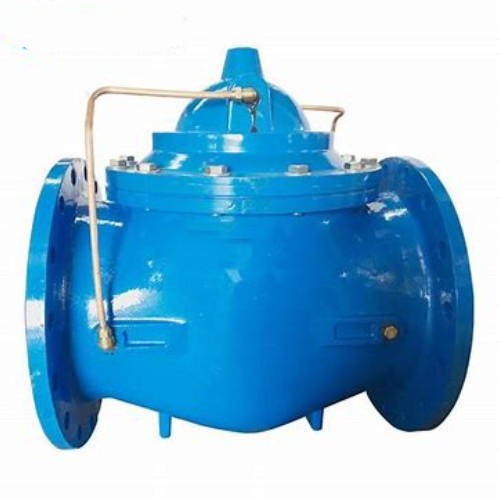floating ball valve working
The Working Principle of Floating Ball Valves
Floating ball valves are an essential component in the fluid control industry, widely used for various applications due to their effective sealing capabilities and ease of operation. Understanding how these valves work is crucial for engineers, operators, and anyone involved in fluid management systems. In this article, we will explore the structure, working principle, advantages, and applications of floating ball valves.
Structure of Floating Ball Valves
At the core of a floating ball valve is a spherical ball with a hole through the center, which serves as the flow path for the fluid. This ball is positioned between two valve seats made of materials such as rubber or Teflon, which create a reliable seal when the valve is closed. The valve body typically has three main components the body, the ball, and the actuator (manual or automatic).
The ball is not fixed in place; instead, it is allowed to move slightly within the valve body. This floating action enables the ball to align itself with the valve seats when the valve is closed, allowing for a tight seal under pressure. When the valve is open, the ball rotates 90 degrees, permitting fluid to flow freely.
Working Principle
The operation of floating ball valves is straightforward. The valve can be operated manually via a handle or automatically using an actuator that can be powered by electricity, pneumatic force, or hydraulic pressure. When the handle is turned or the actuator is engaged, the ball rotates in the valve body.
1. Closed Position When the handle is turned to the closed position, the ball rotates so that the hole is perpendicular to the flow direction, and the valve seats push against the ball. This creates a tight seal that prevents any fluid from passing through.
2. Open Position Turning the handle or activating the actuator to the open position allows the ball to rotate 90 degrees, aligning the hole with the flow path. The fluid can then flow through the valve freely. The ball’s slight floating action allows it to adjust against the seats, ensuring a snug fit and preventing leaks caused by pressure variations.
The simplicity of this mechanism provides floating ball valves with a distinct advantage over other types of valves. They can handle high pressure and moderate temperature applications effectively without significant wear on the sealing surfaces.
Advantages of Floating Ball Valves
floating ball valve working

Floating ball valves come with several advantages, making them preferable in many applications
- Bi-directional Flow Floating ball valves are designed for bi-directional flow, meaning fluid can flow in either direction without any adjustment needed. - Low Torque Requirement The design allows for easy operation with minimal torque, facilitating efficient manual or automated control.
- Sealing Performance The floating mechanism ensures excellent sealing properties, reducing leakage risks and providing reliable services in both low and high-pressure systems.
- Versatility These valves can accommodate various fluids, including gases, liquids, and slurries. Their design makes them suitable for use in different industries, including oil and gas, water treatment, and chemical processing.
Applications
Floating ball valves find applications across numerous sectors due to their reliability and efficiency. Common uses include
- Water and Wastewater Management They are used for controlling and isolating flow in treatment plants and distribution systems. - Oil and Gas Industry Floating ball valves are deployed for shutting off and regulating the flow of oil and natural gas in pipelines and refineries.
- Chemical Processing Their capability to manage aggressive fluids makes them ideal for various chemical applications.
- HVAC Systems In heating and cooling systems, floating ball valves control temperatures and flow rates effectively.
Conclusion
Floating ball valves are a crucial component in modern fluid control systems. Their simple yet effective design provides reliable operation across various applications, ensuring safety and efficiency in fluid management. Understanding their working principle not only enhances operational efficiency but also contributes to better maintenance and management practices in industries that rely on fluid control.
-
The Key to Fluid Control: Exploring the Advantages of Ball Valves in Industrial SystemsNewsJul.09,2025
-
The Versatile World of 1, 2, and 3 Piece Ball ValvesNewsJul.09,2025
-
Stainless Steel Ball Valves: The Ideal Choice for Efficient Flow ControlNewsJul.09,2025
-
Optimizing Fluid Control with Ball Float ValvesNewsJul.09,2025
-
Manual Gate Valves: Essential for Control and EfficiencyNewsJul.09,2025
-
Everything You Need to Know About Butterfly ValvesNewsJul.09,2025
-
The Versatility of Wafer Type Butterfly ValvesNewsJul.08,2025




